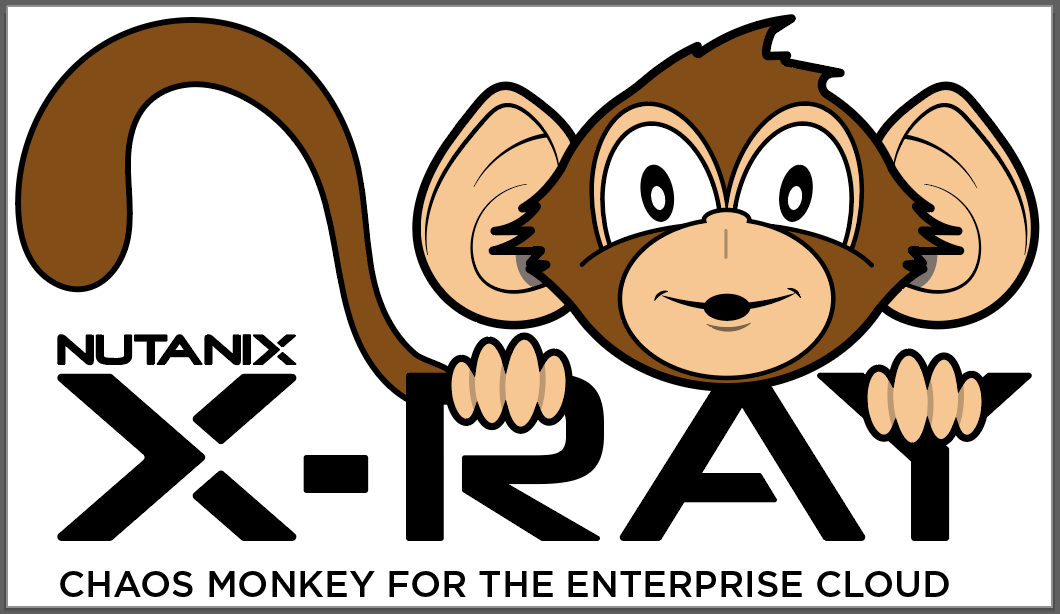An X-ray workload for measuring application density
Nutanix X-Ray is well known for being able to model IO/Storage workloads, but what about workloads that are CPU bound?
X-Ray can run Ansible scripts on the X-Ray worker VMs, and by doing so we are able to provision almost any application. For our purposes we are going to use Postgres DB and the built-in benchmarking tool PGbench. I have deliberately created a very small DB which fits into the VM memory and does almost no IO.
The X-ray workload files can be found here.

Using standard X-Ray YAML we are able to pass custom parameters such as how many Postgres VMs to deploy, how many clients and how many threads for pgbench to run.
When X-Ray runs the workload the results are displayed in the X-Ray UI. This time though the metric is Database transactions per second not IOPS or Storage throughput.

By running a variety of experiments, altering the number of VMs running the workload, I was able to plot the aggregate transactions/s and the per-VM value, which as expected decreases once the host platform CPU is saturated.

I was able to use the CPU bound nature of this particular workload to take a look at scheduling and CPU usage characteristics of different hypervisors and CPU types. I found that one combination gave better performance at low loads, but the other combination generated better performance under higher loads.

These sorts of experiments are quite straight-forward using X-Ray and Ansible. A special shout-out goes to GV who created the custom exporter to send the postgres transaction/s results back to X-ray in realtime.

